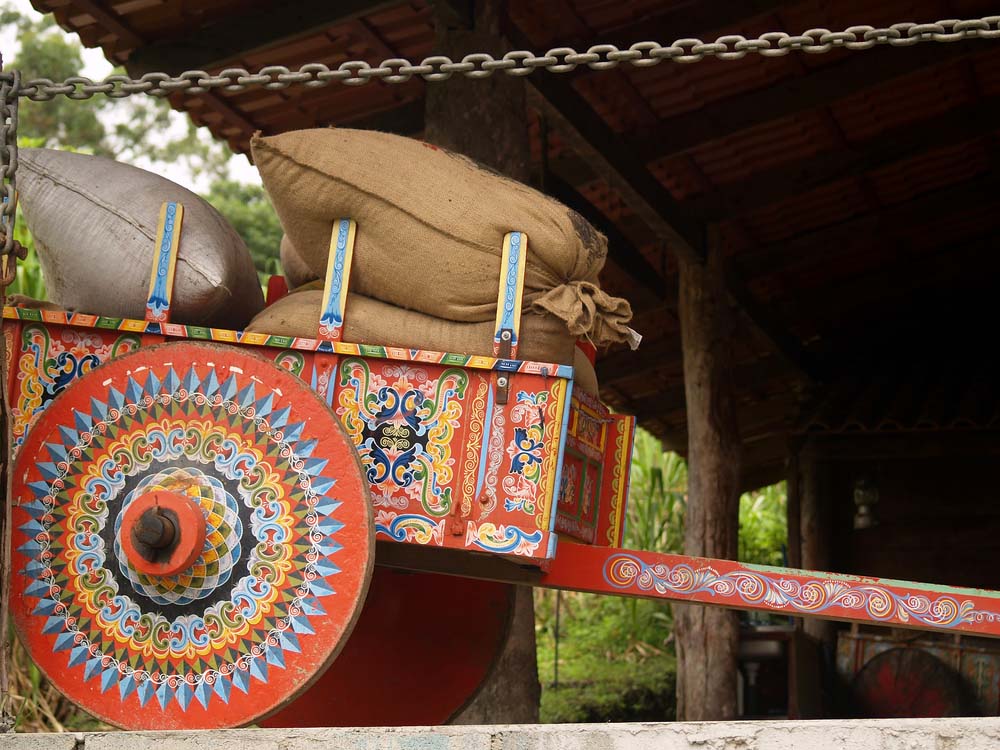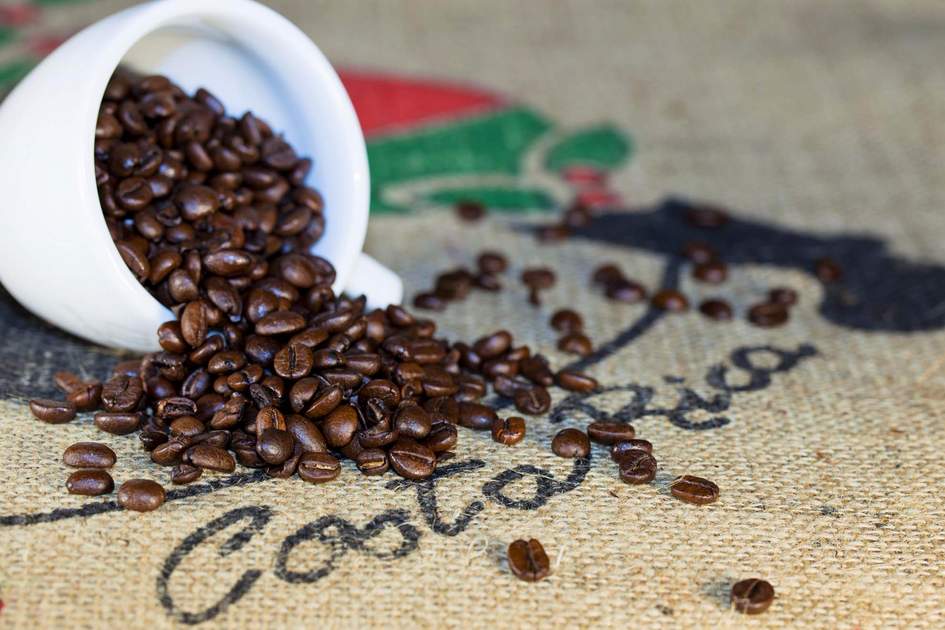The Richness of Costa Rica
By Sebastian Benavides Vargas
안녕하세요. 코스타리카 아세요? (Hello, do you know Costa Rica?)
Hello, do you know about Costa Rica? This was the question that attracted curious people closer to the Costa Rican booth, where I was explaining about my country during Gwangju Community Week.
The second week of October was chosen by the Gwangju International Center to hold the event, and specifically, that weekend was the one I was waiting for months. I had the honor of joining the preparation team for the event as a volunteer, and even though I do not live in Gwangju Metropolitan City anymore, those 18 months that I studied at Chonnam National University were enough to let me know that I would come back often and still get involved in projects whenever possible.

As a volunteer, one of my tasks was to send an invitation to the Embassy of Costa Rica in Korea and explain the event so they could consider it. Luckily, the embassy was interested, and they were able to participate in the event. However, due to the tight schedule of the representatives, I had the responsibility to introduce and explain more about my country in the booth. There is still a lot of information I must learn about Costa Rica, but my numerous field trips during my university period helped me with stories, facts, and interesting information of my country for some of the visitors.
Costa Rica is in Latin America, specifically, in Central America. It is only about 0.03 percent of the Earth’s surface (51,100 km2, not including its the marine territory), but there you can find up to 6 percent of all the biodiversity in the world. And as with most of the people that came to the booth, you might have heard about the quality of our coffee, the protected environment that is compared to paradise, or even its famous football (or soccer) teams that entertain a lot of people around the world. However, my goal was to teach about other details that are not often shared.

Let me start with a little bit of history so we can understand more about the information. In 1948, a civil war happened in Costa Rica, and after that event, significant changes to the law were made, and a clear distinction of the country in the region (and in the world, in some aspects) was created.
For example, a fact that caught the attention of visitors to the Costa Rican booth was that we do not have an army. After the civil war ended, the army was constitutionally abolished, and the military resources were transferred to four main areas: social guarantees, education, healthcare, and environmental protection. I still remember the surprised expressions of people after hearing that fact: a fact that makes all Costa Ricans proud.
But like any other process, it has not been an easy road. For example, in the 1980s, deforestation was a huge problem due to the growing incentive for cattle production. At that time, the country only had about 21 percent of its land covered in forest. However, that environmental protection idea was big, and we were able to reforest the areas so that currently about 51 percent of Costa Rica is forested.
Another interesting fact that piqued the interest of booth visitors is that 25 percent of the whole country is designated as Protected Wildlife Areas managed by the government.[1] The embassy sent brochures and maps to give to visitors, and due to that, they were able to understand more of this information. Furthermore, I studied environmental management engineering back home and had the honor and opportunity to visit most of these protected areas, so I added some stories about these experiences visiting the national parks.

Also, did you know that more than 98 percent of all the electricity in Costa Rica comes from renewable sources? [2] The electric grid is another project of environment protection. Most of our electricity is produced through hydroelectric projects and wind turbines, also we take advantage of some of our active volcanoes to generate electricity through geothermal projects. Furthermore, a small percentage of solar and biomass contribute to the system. When the system cannot produce all the demanded electricity during peak hours, we use thermal plants. However, each year, more than 300 days in a row, we just use renewable sources to produce electricity.

If you are a coffee lover like me, you have probably tried Costa Rican coffee. Costa Rica is about half the size of the Republic of Korea. We are a small country. For that reason, we do not have much space to cultivate things. That is the reason why we chose quality over quantity. Coffee is part of our culture, most of us drink it on a daily basis, and it is vital in social gatherings. However, the rich history of the processes and elements used in the past, like the “carreta” (traditional method of transportation using oxen) and “sacos de yute” (bags made with natural fiber to store and transport coffee), were important to transport the coffee from the plantations to the ports to export the coffee to other countries. Souvenirs sent from the embassy were vital to explain this process.
As a Costa Rican, I really appreciated the opportunity to explain about my country in South Korea – and even more, in Gwangju Metropolitan City, which was my home for a year and a half. I still remember the smiles and interest of people that got closer to me and made me even prouder of being Costa Rican.
Finally, I would like to thank the Embassy of Costa Rica in Korea once again because they have always been supportive with these projects. The souvenirs, maps, brochures, and other materials they sent helped enhance the booth and grab the attention of visitors. Also, I would like to share my gratitude to the Gwangju International Center, which always welcomes foreigners with a warm smile and a noticeable willingness to help us.
So, now do you know about Costa Rica?
Sources:
[1] Sistema Nacional de Areas de Conservacion (SINAC). (2022). Áreas Silvestres Protegidas. https://www.sinac.go.cr/ES/asp/Paginas/default.aspx
[2] Instituto Costarricense de Electricidad (ICE). Costa Rica. Matriz Eléctrica. Un modelo sostenible, único en el mundo. https://www.grupoice.com/wps/wcm/connect/8823524c-7cc7-4cef-abde-a1f06e14da0e/matriz_folleto_web2.pdf?MOD=AJPERES&CVID=l8SK4gG
The Author
Sebastián Benavides Vargas is a Costa Rican environmental management engineer who came to Korea to study about disaster management. He loves deep conversations while drinking coffee, learning from other people, and traveling to know more about communities, cultures, environments, and ways to improve them all. Instagram: @sebaspbv





